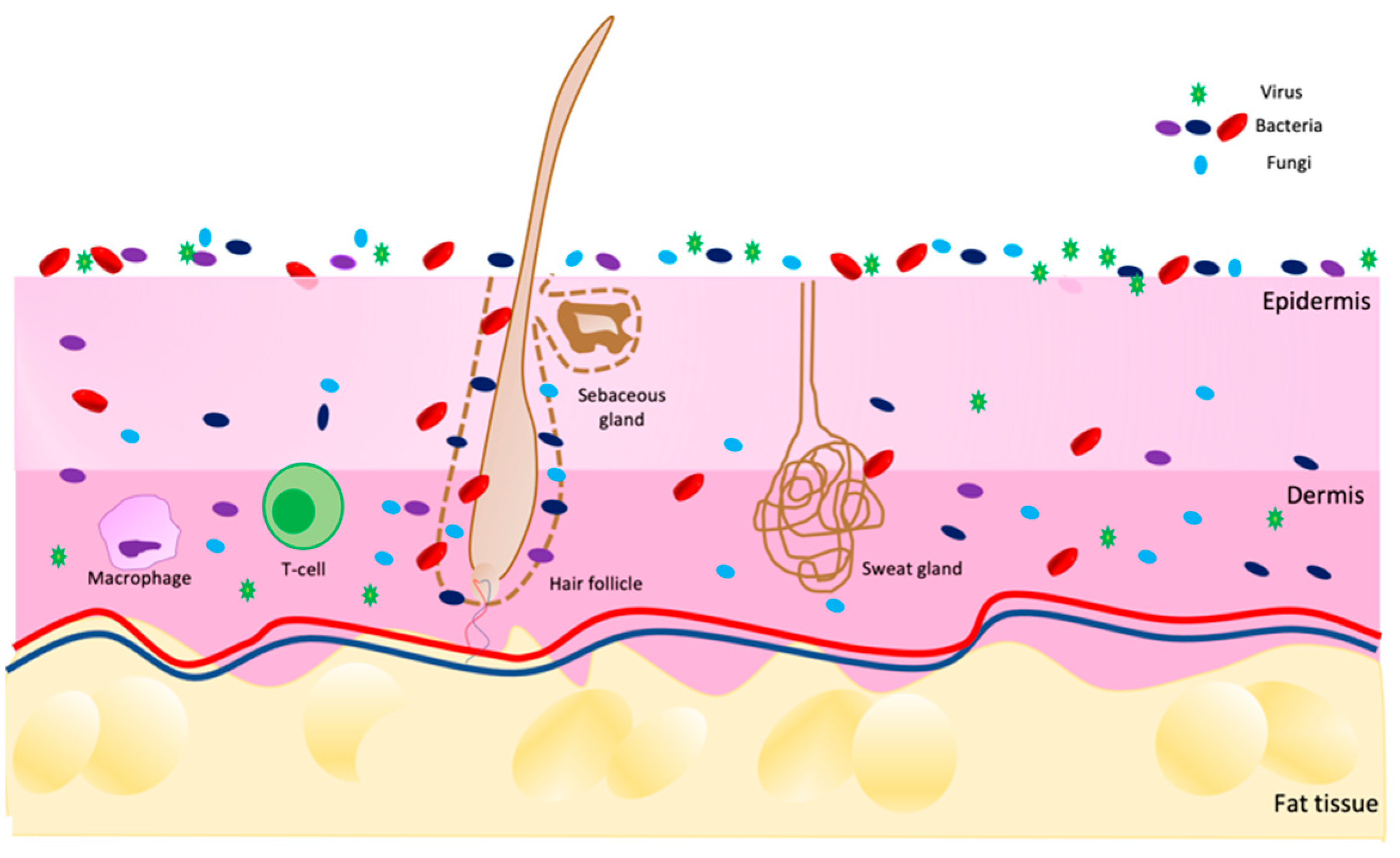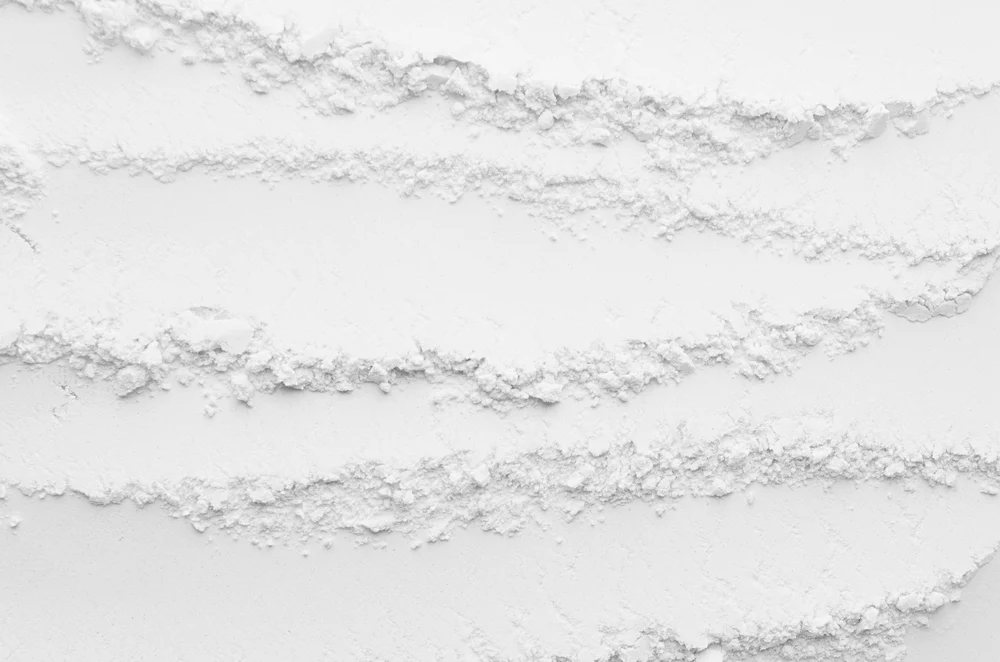スキンケアの酸の世界に飛び込むと、透明感のある均一な肌を求める戦いの中で、2つの名前が常に浮上する:アゼライン酸とサリチル酸である。アゼライン酸」と「サリチル酸」だ。どちらも強力な成分として有名だが、互換性はない。両者の違いは、ラベルに書かれた名前にとどまらず、最もターゲットとする肌の悩みから、原料粉末としての挙動に至るまで、広範囲に及んでいる。
どちらかを選ぶということは、それぞれの長所を理解するということである。一方は赤みを和らげ、シミを薄くする穏やかなマルチタスカーであり、もう一方は毛穴洗浄のスペシャリストである。ここでは、アゼライン酸対サリチル酸の戦いを分解し、どちらがあなたのルーチンにふさわしいかを決めるのに役立てよう。
一目でわかる:アゼライン酸とサリチル酸の比較
| 特徴 | アゼライン酸 | サリチル酸 |
|---|---|---|
| 酸タイプ | ジカルボン酸 | ベータヒドロキシ酸(BHA) |
| 主要ターゲット | 炎症、赤み、色素沈着 | 毛穴の詰まり、余分な皮脂、黒ずみ |
| ニキビに最適 | 炎症性ニキビ(赤ニキビ)、酒さ | 面ぽうニキビ(黒ずみ、白斑) |
| エクスフォリエーション | 非常に穏やかな角質溶解作用;細胞のターンオーバーを促す | 毛穴の奥の汚れまで落とす油溶性の角質ケア |
| 優しさ | 一般的に非常に優しい。 | 特に高用量では、乾燥や刺激を感じることがある。 |
| DIYの難易度 | 先進的だ: 溶けにくい | 初心者に優しい: オイル/グリコールに溶けやすい |
スキンケアの戦い:どの酸がどの悩みに効くのか?
あなたの肌のニーズが、選択の第一の原動力となる。どちらもニキビと戦うものではあるが、そのアプローチはまったく異なる。
ニキビと毛穴の詰まりに
これはサリチル酸のホームグラウンドである。油溶性のβ-ヒドロキシ酸(BHA)として、毛穴の奥深くまで浸透するユニークな能力を持っている。皮脂(油分)と古い角質が混ざった角栓を溶かし、毛穴の黒ずみに効果的だ:
- 黒ずみと白斑: 既存のコメドを取り除き、新しいコメドができるのを防ぐ。
- オイリー肌: 皮脂を調整し、毛穴をクリアに保ち、全体的な脂っぽさを軽減する。
アゼライン酸もニキビを治療するが、そのメカニズムは異なる。主に抗炎症作用と抗菌作用がある。そのため、次のような場合に適している:
- 炎症性にきび: にきびの吹き出物に伴う赤く怒った吹き出物(丘疹と膿疱)を鎮める。
- 優しいエクスフォリエーション: 肌表面の細胞のターンオーバーを正常化し、将来の詰まりを防ぐが、サリチル酸のような力で毛穴の「汚れを落とす」ことはできない。
毛穴の詰まりに勝利: サリチル酸 赤く怒ったニキビの勝者: アゼライン酸
色素沈着、赤ら顔、酒さに
ここでは、アゼライン酸が文句なしのチャンピオンである。その強みは、肌を落ち着かせ、変色を修正する能力にある。
- チロシナーゼ阻害剤: 過剰なメラニンを生成する酵素をブロックするため、ニキビ跡や日焼けによるシミ、肝斑を薄くする効果が高い。
- 抗炎症作用がある: これがサリチル酸のスーパーパワーだ。サリチル酸がしばしば悪化させる酒さ傾向のある肌の第一線の防御となる。
サリチル酸は、剥離を促進することで炎症後色素沈着(ニキビの後に残る濃いシミ)を改善することができるが、色素生成プロセスそのものをターゲットにしているわけではないので、根本的な赤みを和らげる効果はない。
優勝した: アゼライン酸
敏感肌用
鎮静作用があるため、アゼライン酸は一般的に、敏感肌や反応性の肌タイプによくなじみます。最初に軽いかゆみを経験する人もいますが、非常に穏やかな活性剤と考えられています。サリチル酸、特に高濃度のものは、使いすぎると乾燥し、刺激、剥離、保湿バリアの低下につながる可能性があります。
優勝した: アゼライン酸
製剤バトル:どのパウダーが使いやすいか?
DIYプロジェクト用のパウダーとしてこれらの原料に興味がある場合、ユーザーエクスペリエンスは大きく異なる。化学的な性質が真に重要なのだ。
サリチル酸パウダー:初心者の選択
サリチル酸は、家庭用製剤メーカーにとっては比較的わかりやすい。
- 溶解性: 油溶性である。つまり、水に落とすことはできない。しかし、プロピレングリコールや各種エステル(安息香酸C12-15アルキルなど)、さらにはキャリアオイルのような一般的な化粧品溶剤には、穏やかに加熱するだけで簡単に溶けます。そのため、化粧水や美容液、オイリーなトリートメントを柔軟に作ることができる。
- 使いやすさ: 初心者でも最小限の器具でうまく溶かすことができる。
アゼライン酸パウダー:高度な挑戦
アゼライン酸パウダーは扱いが難しいことで有名だ。
- 溶解性: 水には溶けず、ほとんどの油や一般的な溶剤にはほとんど溶けない。美容液用の溶液にするには、通常、非常に高濃度の特定の溶媒が必要である。 プロピレングリコール(30%以上)そして、多くの場合、次のことが必要になる。 を軽く温める を完全に溶かす必要がある。正しく配合されないと、酸が溶液から流れ出てしまうような、粒状の使い物にならない製品になってしまう。
- 使いやすさ: アゼライン酸パウダーを配合するには、優れたデジタルスケール、化粧品化学の理解、そして忍耐が必要です。初めてDIYをする人にはお勧めできない。
DIYプロジェクトで優勝: サリチル酸
あなたに合うパウダーは?最終結論
その選択は、単純な2つの質問に帰結する:あなたの肌の主な目標は何ですか?
- サリチル酸パウダーを選ぶなら... 毛穴の黒ずみ、毛穴の詰まり、脂性肌などが主な悩みで、自宅で比較的簡単に配合できるパウダーが欲しい。
- アゼライン酸パウダーは、次のような場合に選択する。 赤ら顔、酒さ、頑固な色素沈着が主な悩みで、難しい成分や高濃度の溶剤を扱うことに抵抗がなく、DIYの経験が豊富な方。
ほとんどの人にとって、プロが処方したアゼライン酸製品を購入し、冒険心があるならDIYでサリチル酸トナーを試してみるのが最良の方法かもしれない。
よくある質問
アゼライン酸とサリチル酸は一緒に使えますか?
はい。多くの人が、毛穴をクリアに保つためにサリチル酸のクレンザーや化粧水を使い、その後、赤みや跡をケアするためにアゼライン酸の美容液を使うことで成功を収めている。同じルーチンで使用することは効果的ですが、お肌が両方に耐えられるように、1つずつ導入してください。
なぜアゼライン酸パウダーをモイスチャライザーに混ぜてはいけないのですか?
溶けない。パウダーは粒状の結晶の形で浮遊したままとなり、効果的に肌に浸透して効果を発揮することはできない。適切な配合が必須である。
妊娠にはどの酸が良いのか?
アゼライン酸は、妊娠中や授乳中の使用に安全であると広く考えられている。高濃度のサリチル酸は、一般に使用しないよう勧められる。しかし、妊娠中に新しい有効成分を使用する場合は、必ず事前に医師に相談してください。
アゼライン酸は瀉下を起こしますか?
可能性がある。細胞のターンオーバーを促すことで、アゼライン酸は、根本的なうっ血が表面に出てくるため、吹き出物が一時的に増えることがあります。これは通常軽度で、数週間以内に治るはずです。
何パーセントを使うべきでしょうか?
DIY用サリチル酸の場合、標準的な有効濃度は2%である。アゼライン酸の場合、市販品の有効濃度は10%から20%である。配合が難しいため、安定した10%のDIYアゼライン酸美容液を実現するのは高度なプロジェクトである。
アゼライン酸とサリチル酸はどちらも驚異的なスキンケア成分だが、それぞれ役割が異なるスペシャリストだ。サリチル酸は、オイリーでうっ血した肌のためのディープクリーニングのスペシャリスト。アゼライン酸は、赤みや炎症、色ムラのある肌のための穏やかなヒーラーだ。それぞれの核となる違い、つまり肌への働きかけ方とビーカー内での挙動を理解することで、自分の目標にぴったり合った情報を得た上で選択することができ、透明感のある、穏やかで輝きのある肌へと導くことができる。


